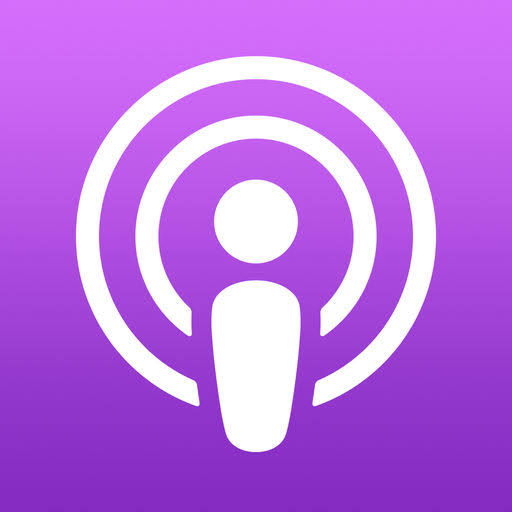
/
RSS Feed
- Moebius syndrome: two cranial nerves are not fully developed. These nerves are responsible for blinking, lateral eye movement and facial expressions that cause paralysis in the face. This causes the child to drool, have speech difficulties and problems with pronunciation.
- Tourette Syndrome (or de la Tourette): it is known as the disease of tics and the children who suffer from it perform fast and involuntary movements of the muscles and involuntary production of noises and words.
- Aase Syndrome: it is hereditary and is characterized by an anemia caused by an alteration in the bone marrow and associated with joint and skeletal malformations.
- Hemophilia: it is a difficulty for the blood to clot. The children who suffer from it have inherited it from their parents and it does not exist for it, even though constant care and attention make it possible for them to lead a normal life.
- Cystic fibrosis: it is a chronic and hereditary disease that affects the glands that produce external secretions and causes a thickening of the mucus and the obstruction of the ducts that transport it. The lungs, digestive system, liver, pancreas and reproductive system are the organs most damaged by this increase in viscosity.
- Albinism: due to defects in melanin synthesis and distribution. They are characterized by depigmentation of the skin, iris and retina. These are children who have no pigment in their hair or eyes.
- Prader Willi Syndrome: is present from birth and affects many parts of the body. Children who suffer from this syndrome are obese and have poor muscle tone. It also affects mental ability and sex glands that do not produce hormones.
- Rett syndrome: affects mainly girls and manifests itself during the second year of life. Shows a delay in language acquisition and motor coordination.
- Hutchinson-Gilford Syndrome: it is a rare genetic disease characterized by the accelerated aging of children. Children are born healthy, but within a few months the disease shows its side, giving the child the appearance of an old man.
- Hydrocephalus: Cerebrospinal fluid accumulates in the skull and puts pressure on the brain tissues. This makes the head larger than normal.
